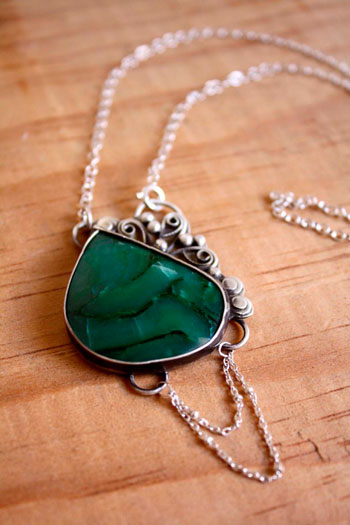- Jewelry
- Inspiration
- Our imagination
- Birthstones
- Celebrating with Eternal Flowers
- Druids and druidesses
- Flower meanings
- History, archeology jewelry
- History and healing properties of metals
- History and healing properties of stone
- Illumination jewelry
- Japanese symbols
- Maya calendar jewelry
- Stone color symbolism
- Stones catalogue
- Wedding anniversaries
- Searches a theme on the site
- Good Deals
- Paintings
- About
- Contact
JEWELRY
- Anklet
- Bracelets
- Brooches
- Cufflinks
- Earrings
- Pendants & Necklaces
- Rings
- Draw your jewelry
- How to clean your jewel
- Metal we used
INSPIRATION
- Our imagination
- Birthstones
- Celebrating with Eternal Flowers
- Druids and druidesses
- Flower meanings
- History, archeology jewelry
- History and healing properties of metals
- History and healing properties stones
- Illumination jewelry
- Japanese symbols
- Maya calendar jewelry
- Stone color symbolism
- Stones Catalogue
- Wedding anniversaries
- Searches a theme on the site
Green agate: history, healing properties and lithotherapy

Green agate properties

Green agate, like other types of agate, is a microcrystalline variety of quartz belonging to the chalcedony family. Its green color can range from pale to deep green, typically due to the presence of minerals like iron or nickel. This color can be entirely natural or, in some cases, enhanced through dyeing to intensify its shades.
Green agate varies from translucent to opaque, with some areas appearing lighter or darker. Unlike other types of agate that often display distinct banding, green agate generally features a more uniform color, though some stones may show subtle layers or natural inclusions. It has a high hardness (7 on the Mohs scale), making it ideal for crafting durable jewelry.
History, beliefs, and legends surrounding green agate
Green agate has a long history, dating back to antiquity, where it was particularly valued by civilizations such as the Egyptians, Romans, Greeks, and the peoples of Mesopotamia.
The Egyptians used green agate to create protective amulets, believing that the stone provided defense against negative energies and illnesses. They saw it as a symbol of life, renewal, and fertility, associated with the lush nature surrounding the Nile River.
For the Romans, green agate was linked to luck, success, and prosperity. It was often worn as jewelry or amulets to attract wealth and success in business ventures. The Romans also used green agate in seals and rings to protect official documents and seal important contracts.
The Greeks considered green agate a stone of healing and balance. They believed it had the power to harmonize emotions and boost courage. In Greek mythology, it was often associated with Gaia, the goddess of the Earth, reinforcing its ties to nature and fertility.
In Mesopotamia, green agate was regarded as a stone of fertility and protection. It was frequently placed in homes to safeguard families and ensure abundance and prosperity. This stone was also believed to promote crop growth and the health of domesticated animals.
Healing properties and benefits of green agate
}Throughout human history, man has attributed various healing properties, virtues, and beliefs to green agate. The information presented here is shared for cultural and historical purposes, to illustrate the symbolic relationship between this stone and man throughout time and civilizations. It does not constitute a therapeutic or medical recommendation.
- In lithotherapy, green agate is renowned for its soothing effect on the nervous system and its ability to improve eye health.
- It is also used to regulate blood pressure and stimulate the immune system.
- Delve into the benefits of its green hue.
- Also, explore the virtues it shares with other agates.
 Please note that all healing properties attributed to stones come from ancient traditions and various cultural sources. This information is provided for informational purposes only and does not constitute medical advice. In case of any health concerns, it is recommended to consult a qualified professional.
Please note that all healing properties attributed to stones come from ancient traditions and various cultural sources. This information is provided for informational purposes only and does not constitute medical advice. In case of any health concerns, it is recommended to consult a qualified professional.
Green agate jewelry samples
To learn more about litotherapy, we recommend you the following books:

















